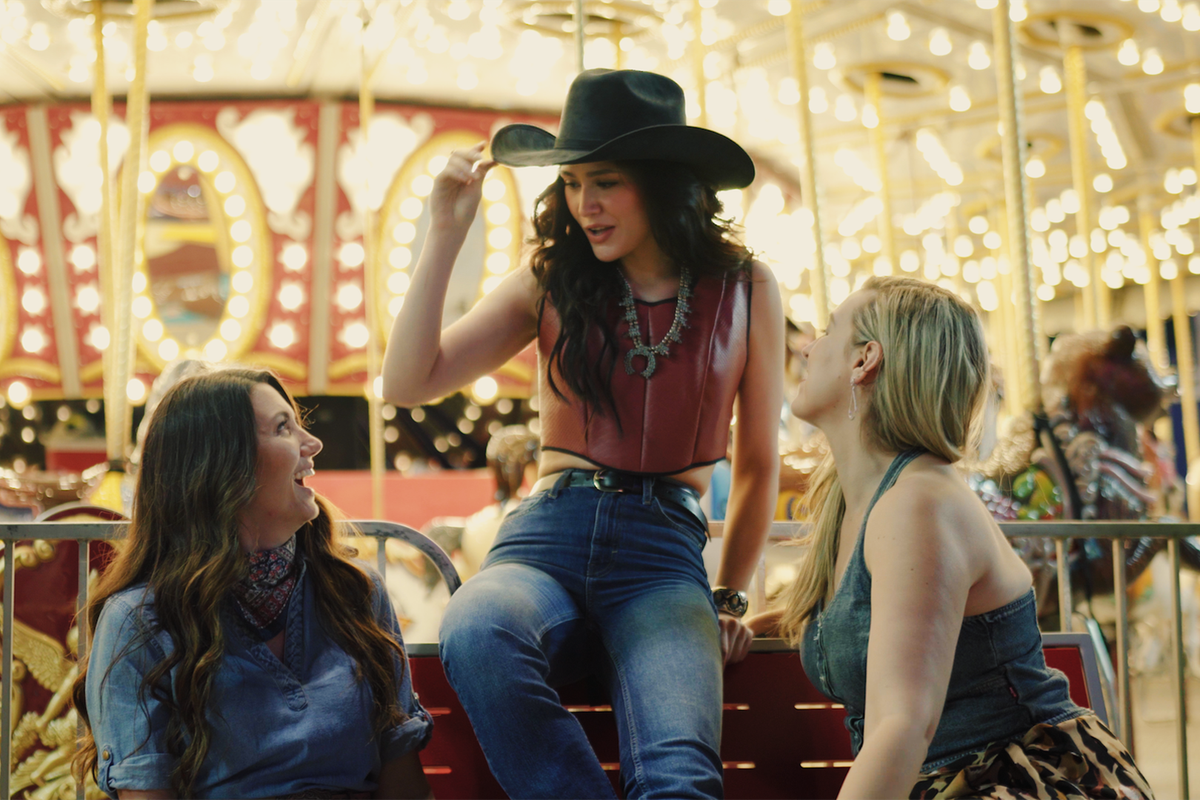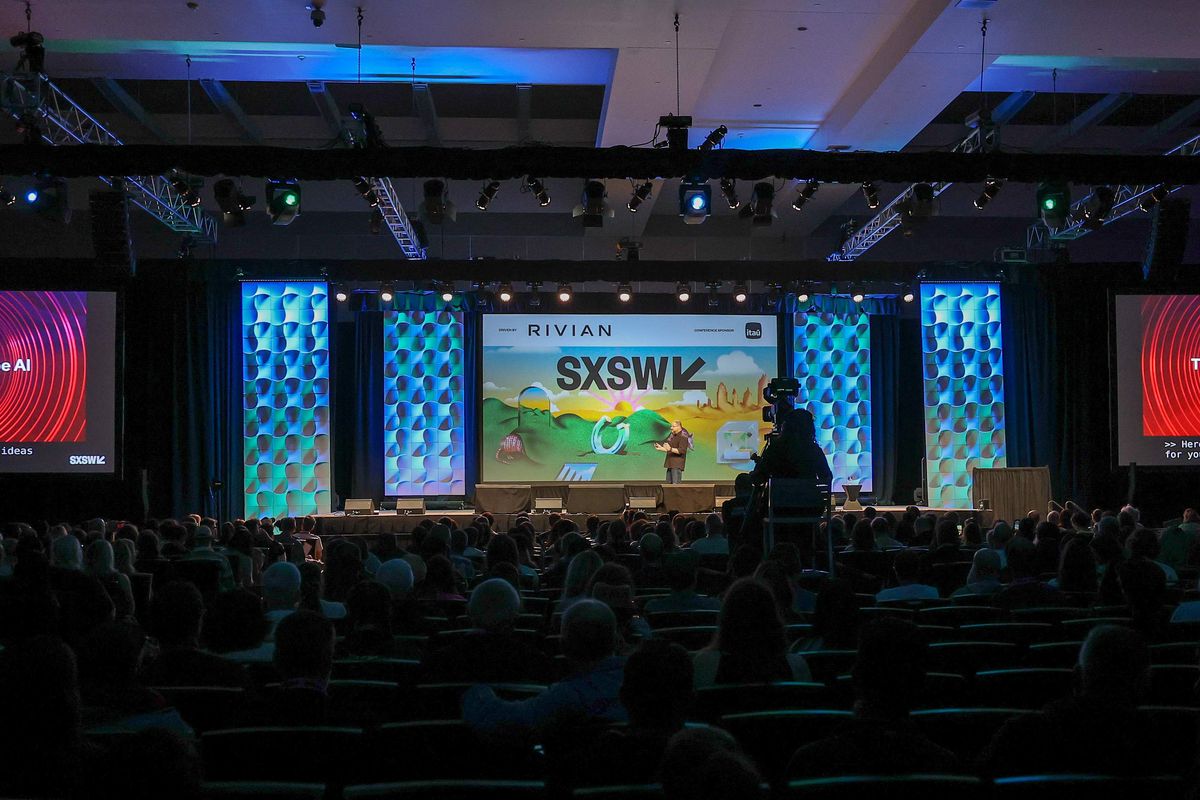Houston team’s discovery brings solid-state batteries closer to EV use
A Better Battery
A team of researchers from the University of Houston, Rice University and Brown University has uncovered new findings that could extend battery life and potentially change the electric vehicle landscape.
The team, led by Yan Yao, the Hugh Roy and Lillie Cranz Cullen Distinguished Professor of Electrical and Computer Engineering at UH, recently published its findings in the journal Nature Communications.
The work deployed a powerful, high-resolution imaging technique known as operando scanning electron microscopy to better understand why solid-state batteries break down and what could be done to slow the process.
“This research solves a long-standing mystery about why solid-state batteries sometimes fail,” Yao, corresponding author of the study, said in a news release. “This discovery allows solid-state batteries to operate under lower pressure, which can reduce the need for bulky external casing and improve overall safety.”
A solid-state battery replaces liquid electrolytes found in conventional lithium-ion cells with a solid separator, according to Car and Driver. They also boast faster recharging capabilities, better safety and higher energy density.
However, when it comes to EVs, solid-state batteries are not ideal since they require high external stack pressure to stay intact while operating.
Yao’s team learned that tiny empty spaces, or voids, form within the solid-state batteries and merge into a large gap, which causes them to fail. The team found that adding small amounts of alloying elements, like magnesium, can help close the voids and help the battery continue to function. The team captured it in real-time with high-resolution videos that showed what happens inside a battery while it’s working under a scanning electron microscope.
“By carefully adjusting the battery’s chemistry, we can significantly lower the pressure needed to keep it stable,” Lihong Zhao, the first author of this work, a former postdoctoral researcher in Yao’s lab and now an assistant professor of electrical and computer engineering at UH, said in the release. “This breakthrough brings solid-state batteries much closer to being ready for real-world EV applications.”
The team says it plans to build on the alloy concept and explore other metals that could improve battery performance in the future.
“It’s about making future energy storage more reliable for everyone,” Zhao added.
The research was supported by the U.S. Department of Energy’s Battery 500 Consortium under the Vehicle Technologies Program. Other contributors were Min Feng from Brown; Chaoshan Wu, Liqun Guo, Zhaoyang Chen, Samprash Risal and Zheng Fan from UH; and Qing Ai and Jun Lou from Rice.
---
This article originally appeared on EnergyCaptialHTX.com.
















